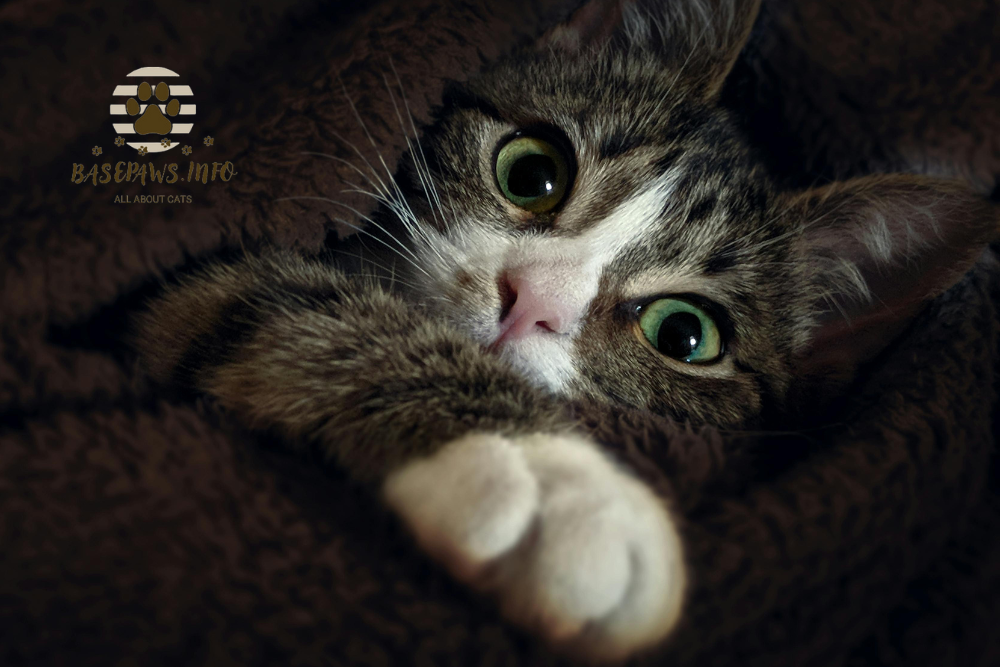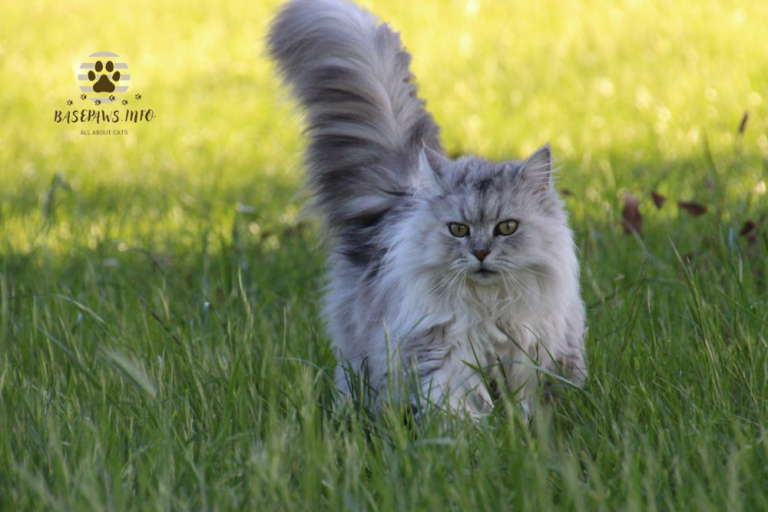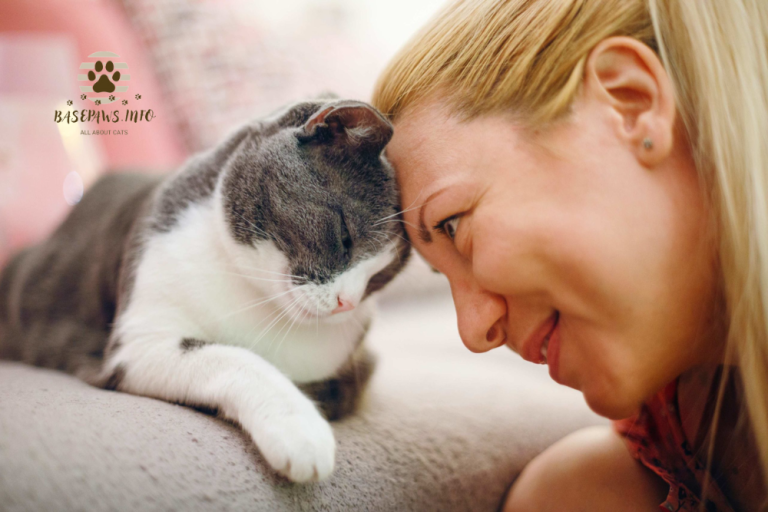Understanding Caterwauling in Cats: A Complete Guide
Introduction
Have you been startled awake by your cat’s eerie yowling in the middle of the night? Caterwauling—a loud, often distressing combination of yowling and whining—isn’t just a random noise; it’s your cat trying to communicate. Understanding why cats caterwaul and how to stop it can make life easier for both you and your feline friend. This article will help you uncover the meaning behind the caterwaul and offer practical steps to reduce or even stop this behavior.
Many cat owners find caterwauling confusing and frustrating, especially when it seems to happen for no clear reason. The truth is that cats caterwaul for a variety of reasons, ranging from simple requests for attention to more serious health concerns. By decoding this behavior and addressing the root causes, you’ll be able to respond to your cat’s needs more effectively and reduce those unsettling noises.
If you’re ready to stop the midnight concerts and restore peace to your home, read on! This guide will help you understand the causes of caterwauling and provide specific steps to manage it. With the right approach, you can help your cat feel calm and secure, making caterwauling a thing of the past.
Key Takeaways
- Caterwauling is a vocalization that cats use to communicate different needs.
- Common causes include attention-seeking, mating behavior, and health concerns.
- Effective solutions involve understanding the cause and taking practical steps to help your cat feel more comfortable.
What is Caterwauling?
Caterwauling is a loud, drawn-out vocalization that sounds like a mixture of a yowl, howl, and whine. It’s often accompanied by body language that conveys urgency. Unlike regular meows, caterwauling is persistent, intense, and usually signals a specific need or emotion.
Why Do Cats Caterwaul?
Cats may caterwaul for several reasons. Understanding the cause can help you decide on the best way to address it.
Seeking Attention
Cats may caterwaul to get your attention, especially if they’re feeling lonely or bored. Common signals include prolonged yowling when they want food, water, or a simple cuddle.
Mating Behavior
Unspayed or unneutered cats caterwaul as part of mating behavior. Females in heat will yowl to attract males, while males respond with their own calls.
Response to Outdoor Activity
Cats are territorial and may feel threatened by animals or people outside their space. Seeing an “intruder” like a bird or another cat through the window can trigger caterwauling.
Feelings of Insecurity or Vulnerability
Changes in a cat’s environment—like moving homes or adding a new pet—can make them feel insecure. They may caterwaul as a way of expressing discomfort with the new situation.
Pain or Discomfort
Physical pain is a common cause of caterwauling, especially in older cats. Cats with arthritis, dental pain, or other discomfort may vocalize more frequently.
Medical Conditions
Some health issues, like urinary problems, hyperthyroidism, kidney disease, or high blood pressure, can cause caterwauling. Always consult a vet if your cat shows sudden behavioral changes.
Table: Common Health Issues Linked to Caterwauling
| Condition | Symptoms |
| Urinary Issues | Frequent trips to litter, discomfort |
| Hyperthyroidism | Weight loss, increased appetite, hyperactivity |
| Kidney Disease | Increased thirst, frequent urination |
| High Blood Pressure | Restlessness, vocalizations, sudden blindness |
How to Address Caterwauling
Each cause of caterwauling requires a specific approach. Here are some ways to address the behavior based on its likely cause:
1. Vet Checkup
Always rule out health issues first. If your cat’s caterwauling is new or unusual, a vet checkup can identify potential medical causes.
2. Consider Spaying or Neutering
For hormonal caterwauling, spaying or neutering can reduce or eliminate mating-related vocalizations. Talk to your vet about the best time for this procedure.
3. Reduce Stress and Anxiety
Stressful situations, like the introduction of new pets, can make cats vocal. Gradually introduce new animals or people to your cat to help them adjust. Keeping a calm environment is key.
- Close windows if your cat gets upset by seeing animals outside.
- Limit noise in areas where your cat feels most comfortable.
4. Enrichment and Engagement
Boredom can lead to caterwauling, so keep your cat engaged with interactive toys, scratching posts, and scheduled playtime. Regular engagement can reduce attention-seeking behaviors.
5. Adjusting Feeding and Sleep Schedules
Cats are crepuscular and can get active at night. Scheduled feeding and playtimes can help regulate their body clock, especially if you plan a final meal before bedtime.
Practical Tips for Reducing Caterwauling
Here are additional practical strategies to reduce caterwauling.
- Litter Box Cleanliness: Cats are fussy and may vocalize if their litter box is dirty. Scoop regularly to keep them content.
- Maintain a Comfortable Temperature: Older cats especially appreciate warmth, so place their bed in a cozy spot.
- Use Night Lights for Older Cats: Dim lighting can help older cats with vision issues feel secure.
- Limit Distractions: Close curtains to keep outside animals out of sight.
- Play Music for Company: A quiet radio or soft music can comfort a cat who feels lonely, especially at night or when you’re away.
Sample List of Engaging Toys:
- Interactive toys that mimic prey
- Puzzle feeders
- Catnip toys for enrichment
- Scratching posts to prevent boredom
How do I know if my cat’s caterwauling is a medical issue?
If your cat’s caterwauling is sudden or accompanied by other symptoms like loss of appetite, changes in grooming habits, or lethargy, consult your vet.
Will spaying or neutering stop my cat’s caterwauling?
If the caterwauling is related to mating behavior, spaying or neutering can help. However, there may be other underlying reasons for the behavior.
Conclusion: Understanding Your Cat’s Needs
Caterwauling may seem mysterious, but with careful observation, you can often understand its cause and take steps to manage it. By addressing medical, environmental, and emotional needs, you’ll help your cat feel secure and reduce their vocalizations. Remember, your cat isn’t just making noise—they’re communicating with you. Responding to their needs will strengthen your bond and bring a little extra peace to your household.







